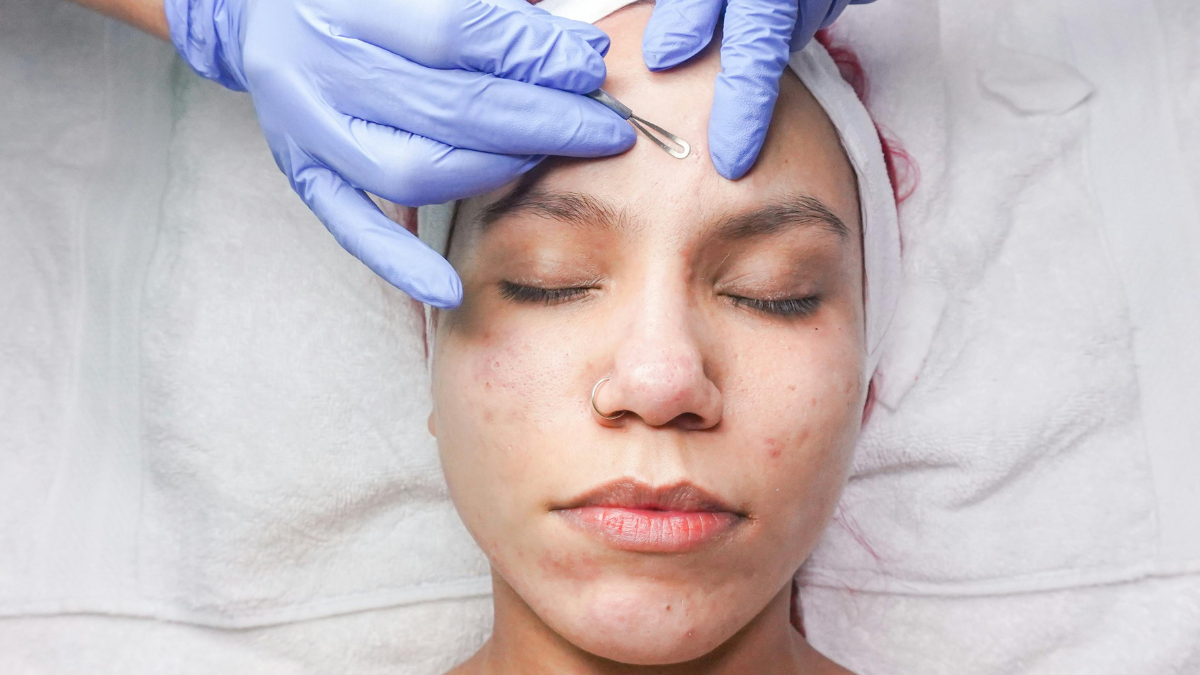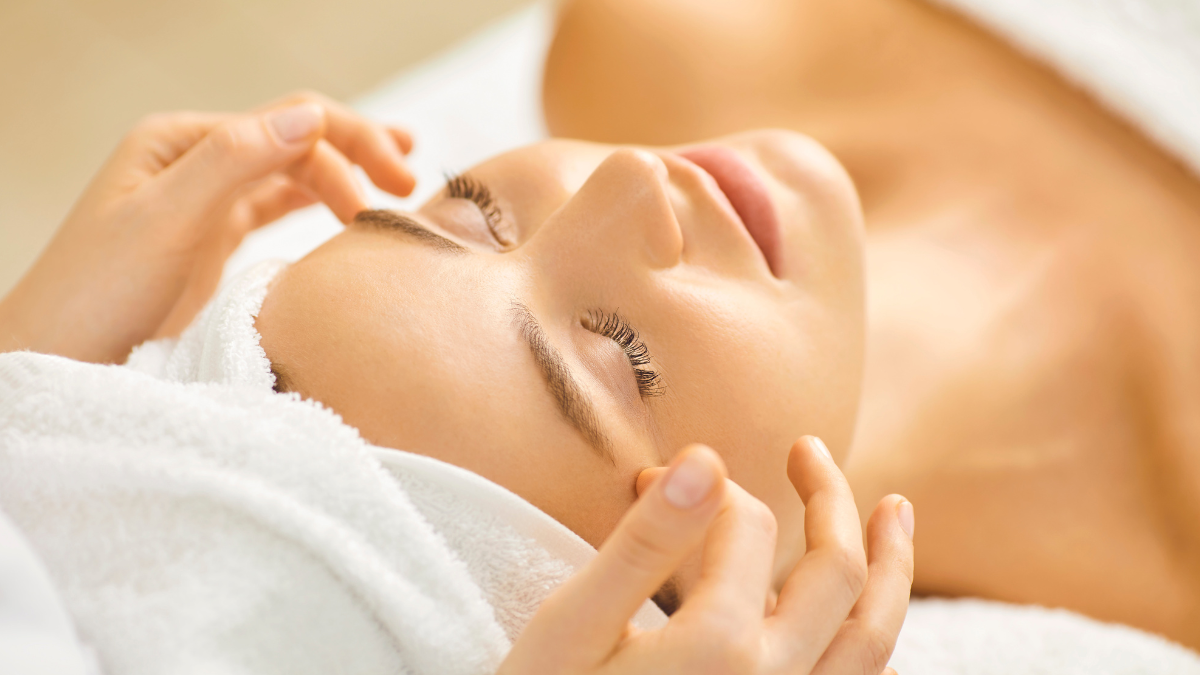Getting lash extensions feels exciting. Waking up with full, fluttery lashes makes getting ready easier. No mascara. No eyelash curlers. Just pretty lashes from the start of the day. But the truth is, not all lash extensions last the same. Some fall out faster than others. Some stay put for weeks.
If you're getting lashes done, you might wonder which ones last longest. You want them to stay in place as long as possible. No one wants to pay for lashes that disappear in a few days. So let’s talk about long lasting lashes and what helps them stay full and beautiful longer.
Why Some Lash Extensions Last Longer Than Others
Lash extensions are glued onto your natural lashes. So how long they stay depends on a few things. The type of lash used matters. The way it’s applied also matters. And how you care for them after plays a big part too.
Some lashes are heavier. Some are lighter. Some are thick and full. Others are soft and natural. The glue also matters. A strong bond helps lashes stay longer. But if your lashes grow fast or fall out easily, that can make them shed sooner too. So it’s not just the lash — it’s a mix of everything.
Classic Lashes – Simple but Not the Longest
Classic lashes are one of the first kinds people try. They are soft, single extensions that go on one natural lash at a time. They look clean and natural. They’re great if you don’t want a heavy or dramatic look.
They usually last about 3 to 4 weeks with good care. But since only one lash is added to each natural one, they can start to look a little empty when lashes fall out. So, while they’re easy and pretty, they may not give you the longest hold over time. They need regular fills to keep looking full.
Volume Lashes – Light But Strong Hold
Volume lashes are made of very fine, light fibres. Several are grouped together and placed on one natural lash. Because they are so light, they don’t weigh your lashes down. That helps them stay on longer.
They also look fluffy and full. Even if a few lashes fall off, the rest can still make your eyes look nice. That’s why volume lashes are loved by many. With proper care, they can last around 4 to 5 weeks. Some people say they even hold better than classic ones.
Hybrid Lashes – A Bit of Both Worlds
Hybrid lashes mix classic and volume together. So you get the clean lines of classic lashes with the fullness of volume. They’re often chosen when someone wants a natural look that still has a bit more glam.
They tend to last somewhere in between. Maybe around 3 to 4 weeks. But how long they stay depends on how your natural lashes hold up. Some people find that hybrid lashes stay longer than classics because the volume fans help cover the gaps.
Mega Volume Lashes – Full and Long Lasting
Mega volume lashes are like volume lashes, but bolder. They use even more tiny lash fibres to make thick fans. These fans are placed carefully on each natural lash to build a super full look.
Because they use very light fibres, they don’t feel too heavy. And because there are so many lashes in each fan, they keep the look going for longer. Even when a few fall out, it’s hard to tell. Many people say mega volume lashes are some of the most long lasting lashes they’ve tried. They can last 5 to 6 weeks with good aftercare.
The Type of Lash Material Matters Too
Not all lash fibres are made the same. Some are made from silk. Some are mink. Others are synthetic. The material used can change how well the lashes stick and stay.
Synthetic lashes hold their curl well. They’re strong and bold. That can help them last longer. Mink lashes feel soft and natural. But they may not hold their shape as long. Silk lashes are in the middle. They are flexible and shiny but may shed faster than synthetics. So for long lasting lashes, many choose high-quality synthetic fibres.
How You Care for Them Makes a Big Difference
Even the best lashes can fall off fast if not cared for. So once you leave the lash salon, your job begins. It’s not hard — but it does take some small changes.
You should avoid oil-based products around your eyes. Oils break down the glue. Washing your lashes gently once a day with a lash-safe cleanser helps too. It keeps the base clean and healthy. And don’t rub your eyes. It’s one of the fastest ways to lose lashes. With good care, even regular lashes can last much longer.
Your Natural Lash Growth Affects Everything
Everyone’s lashes grow at different speeds. Some people shed lashes quickly. Others hold onto them longer. If your lashes grow fast, you’ll notice the extensions falling out sooner. This isn’t something you can change. But it’s good to know.
In these cases, lighter lashes like volume or mega volume can help. They hold better even when a few natural lashes fall out. It’s also why regular fills are needed — about every 2 to 3 weeks. They help keep things looking full without starting from scratch.
Application Technique Plays a Role Too
The skill of the lash artist matters. Lashes should be placed properly, with the right amount of glue. If too much glue is used, the bond can become heavy. If too little is used, the lash won’t stay on. When lashes are placed at the wrong angle, they fall off faster too.
So picking a good lash artist is important. Someone trained and careful will make lashes last longer. A good application always gives a better result — and better value for your money.
What You Should Choose
So, which type of lash extension really lasts the longest? The answer depends on your lifestyle, lash type, and how much time you want between fills. But in general, volume and mega volume lashes tend to last longer. They use lightweight fibres and give more coverage, even when a few lashes fall.
If you're new to extensions, you might start with classic or hybrid. If you’re looking for something that lasts longer between fills, volume lashes might be a better fit. If you want to go bold and want the most long lasting lashes possible, mega volume is a great choice.
Final Thoughts
Lash extensions are fun and beautiful. They make mornings easier and give your eyes a fresh, open look. But to make the most of them, it’s important to pick the right type and take good care of them. Long lasting lashes aren’t just about what kind you pick — it’s also about what you do after.
No matter which style you choose, be gentle with your lashes. Keep them clean. Avoid oil-based products. And trust a good lash artist to do the work. That way, your lashes will stay fuller for longer. And you’ll enjoy that fresh lash look every single day.

































